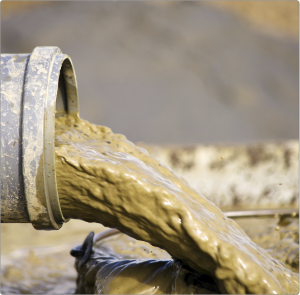
Chemicals
Drilling Fluids

Drilling Fluids are one of the backbones of drilling operations and serve a range of purposes. From controlling pressure to transmittal of data, properly designed and correctly maintained drilling fluids could bring superior drilling-fluid performance and resulting great cost savings, cost avoidance and lower total well cost.
Drilling Fluid, also called mud, serves many critical roles in drilling and completions. These include:
Using drilling fluid is the only way to control pressure inside an open well and avoid fluid flow or collapse of the well. The mud weight is adjusted by adding certain chemicals to achieve a pressure balance between the pressure inside the wellbore and the pressure exerted by fluids in the surrounding formation. An effectively planned and maintained drilling-fluid system can significantly increase the penetration rate when drilling, solve a number of technical well-related issues and can protect the reservoir from damage (e.g. from the invasion of fluids and solids into productive zones).